Founded in 2010 by brothers James and Lyle Metcalfe, Volt Bikes is one of the forerunners of the electric bike boom of recent years. Yet the brothers had not originally intended to set up as an e-bike company, explains James Metcalfe. Inspired by electric mopeds spotted while on holiday in Asia, he says that the first fleet was actually designed for use in a city tour company he was hoping to set up.
While he quickly found that the mopeds were “completely illegal in the UK”, Metcalfe discovered it was possible to put motors into bicycles “as long as it was below a certain power, a certain weight, and you had to pedal, then you could do that.”
As for the tours, the plan was also short-lived. “After learning every tour you could possibly do, and going on everyone else’s tour in London, we never did one, unfortunately”. On the other hand, all of the original 50 bikes sold “within no time at all”, which is when he realised they had a “different business going on here”.

The bikes were always designed in the UK but Volt followed a more circuitous route to becoming wholly UK-based. It started with a factory in China, shared with Swedish e-bike company Ecoride run by another brother duo, Christian and Martin Walleräng, after meeting via a supplier. Both relocated together to Gdansk in Poland after the EU first proposed “anti-dumping” duties on Chinese-made e-bikes in 2016, which sought to tackle a reported influx of low-quality and cheap imported goods.
“For smaller businesses like ourselves, who were actually building legitimately good market-changing products, the effect was “move quickly, or out of business”, Metcalfe says. The final move came after Brexit in late 2019, when Volt decided to relocate to Milton Keynes, and Ecoride also “went home” to Sweden, he adds.
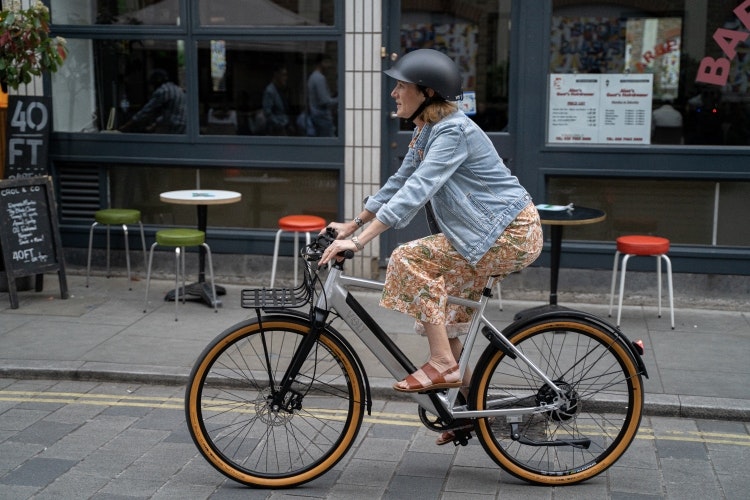
Now it has a solid range of bikes – from its commuter, the Volt London bike, electric mountain bikes with front suspension, to a new folding e-bike in development as a companion to an existing one, which is heavier but slightly more powerful. While available for purchase online, and with a new retail space opening in the coming months, Volt also has a subscription service for its bikes that converts to full ownership if held for the full two or three years.
How does the team work?
James and his brother Lyle, 10 years his junior, take on different roles at Volt.
James explains that he had long been a strong cyclist – albeit “not a lycra-clad chap”, he stresses – mainly on “really long treks in the highlands of Scotland” where the family grew up. “So, I understand balance, I understand geometry of bikes, I knew how to service bikes, I knew the components: I knew what made a good bike and what didn’t”, he says.
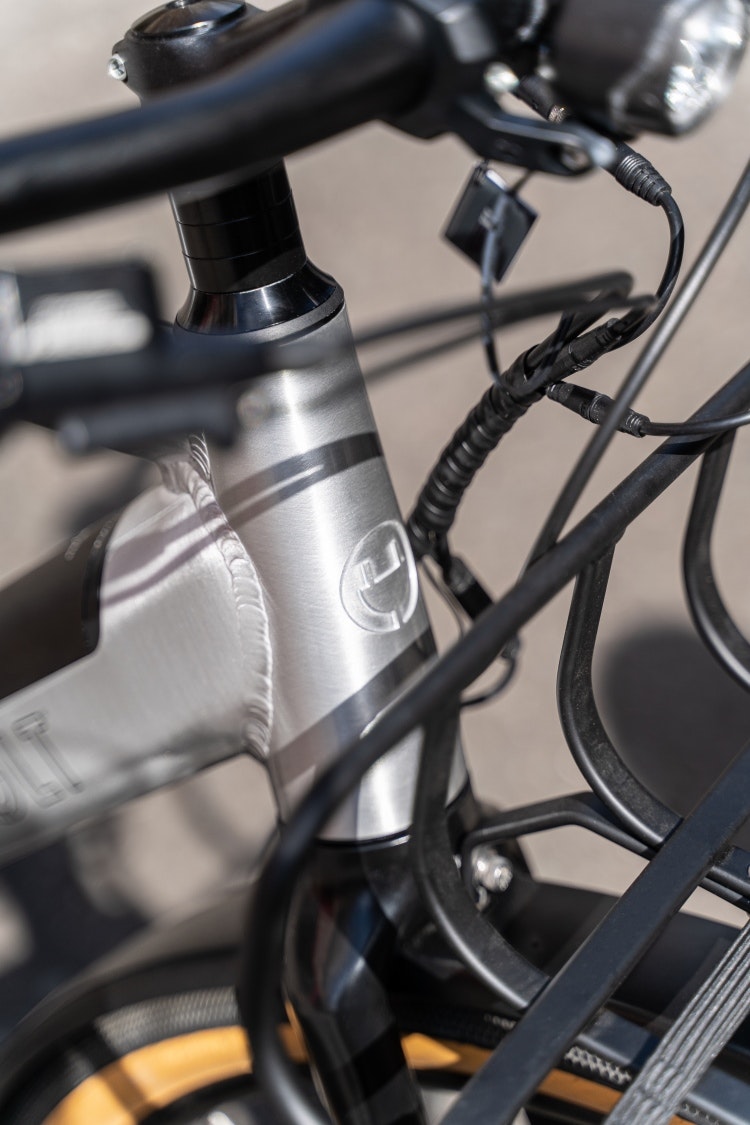
While James works on the geometries of the frames, he credits Lyle with “an incredibly good eye for design”, and crucially, actually making the bikes look good. “If it were up to me, they would look terrible. When we go out, Lyle always looks very fashionable; I normally look not-so”.
Volt also designs custom accessories such as luggage racks, which are robust and compatible with third-party accessories.
All the design is done internally, with the team including designers and CAD experts, in-house mechanics and a build team located in its Milton Keynes factory and warehouse. Volt has around 35 full-time employees, taking on additional staff during busy production periods, Metcalfe explains.
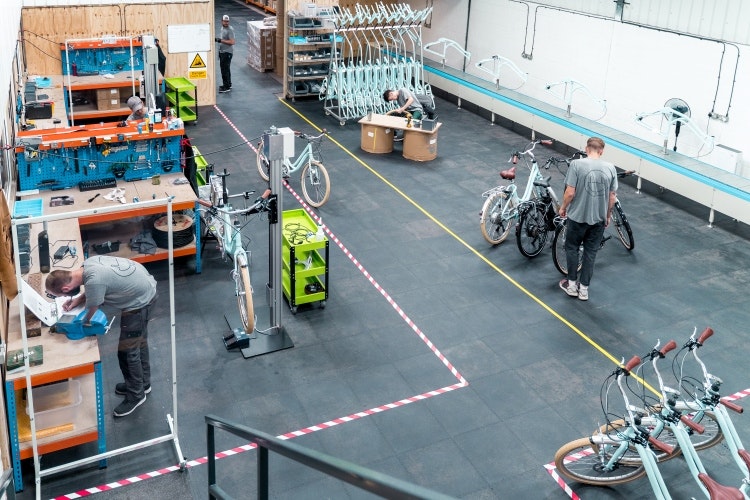
Activities like stress-testing are carried out by external parties – albeit after a solid period of the brothers and wider team cycling around on a prototype “to give it a good thrashing and get our heads around everything that annoys us”, Metcalfe says.
What’s the process like?
According to Metcalfe, the process might take between a year and 18 months. The team starts with an idea, before working out whether a concept is “actually worth looking at, investing into”, he says.
While much of the basic formula is consistent throughout, elements change, depending on the bike’s needs. One bike, the Burlington, has the motor in the back wheel, another has the motor in the middle to allow for rear-hub gears; the new Lite has a motor in the front wheel, which requires adjusting the power ratios, Metcalfe says.
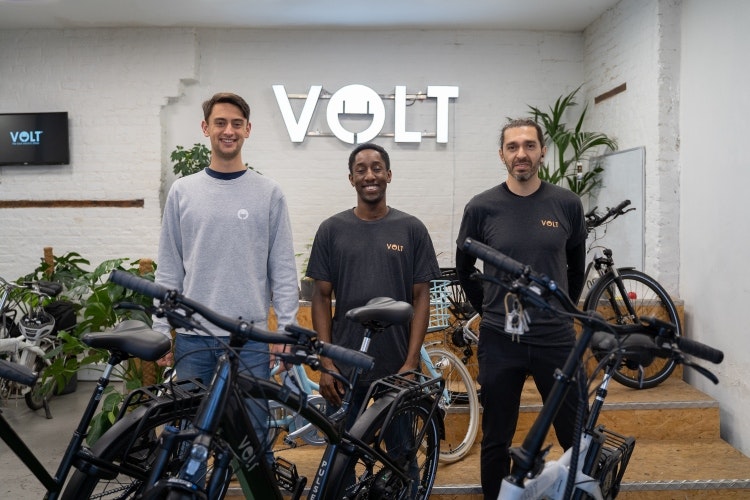
Saving weight for the new Lite folding bike, the battery is cleverly integrated to become the seat-post for the bike. This in turn necessitated the development a reinforced rubber base, due to the high likelihood that users will naturally use it as part of the stand for the bike, Metcalfe explains. There is a smaller motor, saving 4kg on the standard one Volt uses, given the bike’s targeting at the city commuter, yet it will still “get you up any hill in the UK”, he claims.
What are the highlights?
A key part of Volt’s history to date is its work in Scotland with the Energy Saving Trust and Transport Scotland. Early on the team applied for government tenders for a Scotland-wide scheme to supply free e-bikes, as well as support to individuals and businesses which buy the e-bikes with interest-free loans and grants.
“Green energy, all the environmental aspects are important to us, which is one of the reasons why we got into the whole concept”, Metcalfe says. “We supplied all their fleet, but we also maintain it across Scotland”.
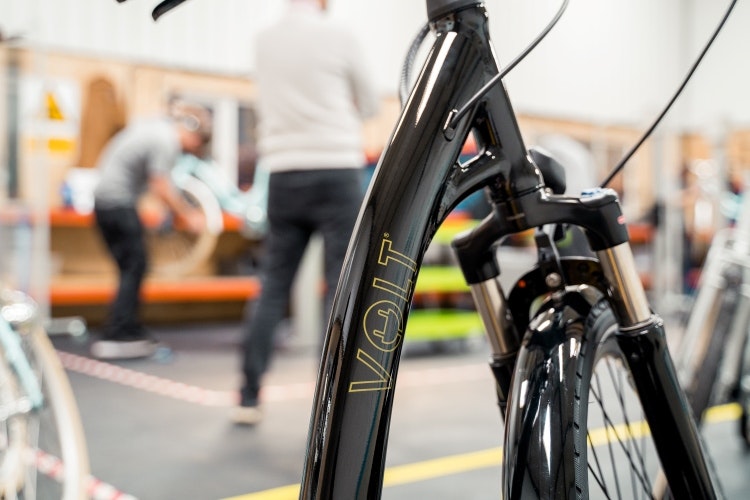
The job is “tendered out every couple of years”, he says, but Volt has won it every time: “it means people trying the bikes love them, the Energy Savings Trust and Transport Scotland completely trust our algorithm and everything that goes with it, and on the consumer basis and business basis it’s great”, he argues.
While at its current scale, repairs can be managed in its London base, part of what Volt has been doing is creating a network of localised engineers, both in Scotland, to support the Energy Savings Trust scheme, but also UK-wide, which allows for local servicing, motivated by both environmental concerns and an intention to work with local people, Metcalfe says.
What are the challenges?
The e-bike model isn’t foolproof; the market is increasingly crowded, with the big brands who initially laughed at the idea of an e-bike, investing heavily since around 2015, Metcalfe says. Recent news meanwhile, showed that even the most funded e-bike brand out there, Dutch company VanMoof, recently went bankrupt.
With the rise of less-regulated e-bikes and e-scooters, there have also been high rates of battery fires making headlines of late, largely attributed to bikes retrofitted with low quality batteries.
According to Metcalfe, what defines Volt’s design-led e-bike business is the way it refines its use of high-quality parts from renowned suppliers, enabled through its small scale, experience in the sector and testing process. As well as rigorous testing of parts, Volt tries to create “the best version” of the possible e-bike systems, which Metcalfe says “comes from the knowledge to really get the most out of those motors and the battery, and everything else. You’re trying to get the greatest distance out of your battery”.
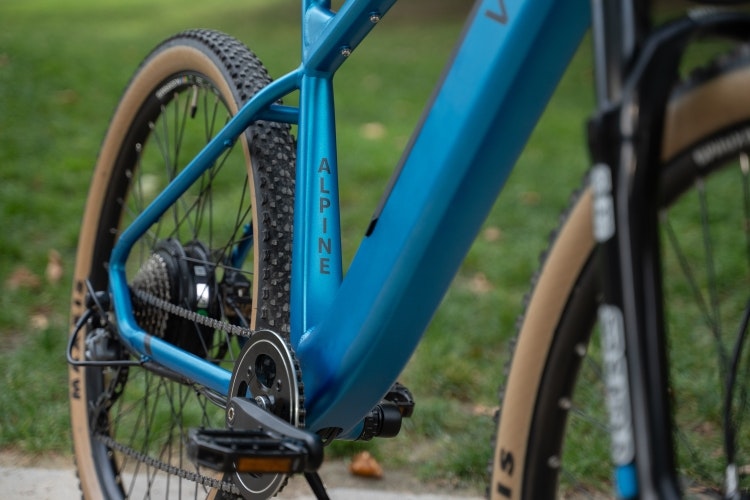
Other refinements ensure smooth riding without the jolts of less refined e-bikes out there, producing a difference in experience comparable to luxury and more entry-level cars, Metcalfe says, or details such as swapping a regular chain for an oil-free carbon belt, “which lasts about ten times longer”.
In terms of tech, the immobilisers that come with the bike can be paired with third-party technology to unlock via your phone as with competitors, but at other times Volt prefers simpler, more analogue methods: “when a lot of people reviewed our bikes, they would say ‘it’s got a lock you can unlock with a key’ – and they mean it in a good way”, Metcalfe says.
Take a look at some other stories in our in-house design teams series.
All images courtesy of Volt Bikes.

- Design disciplines in this article
- Industries in this article
- Brands in this article









